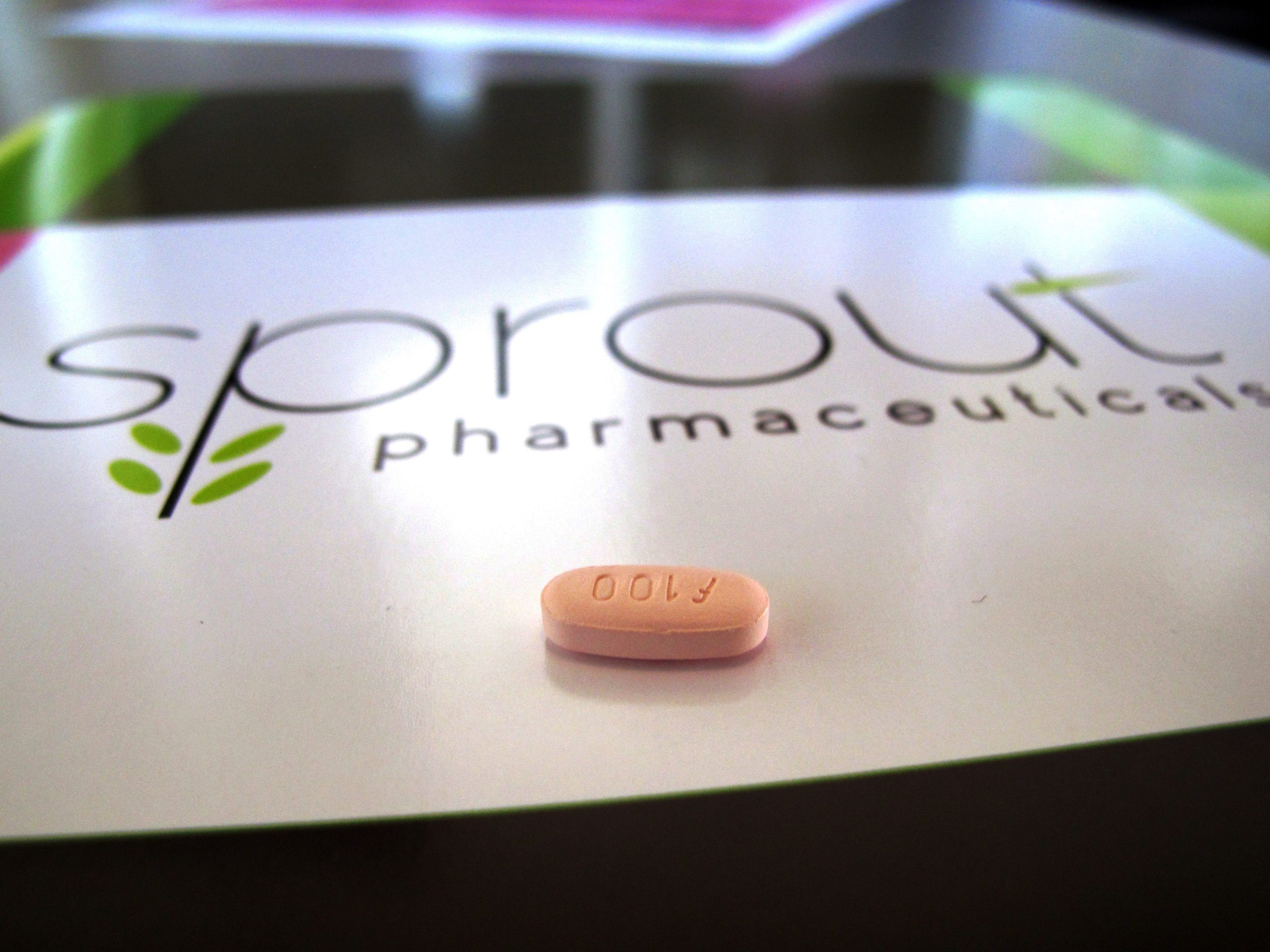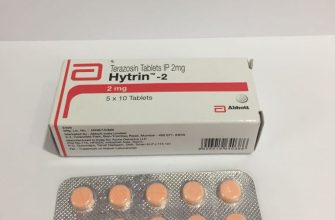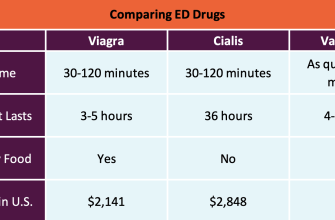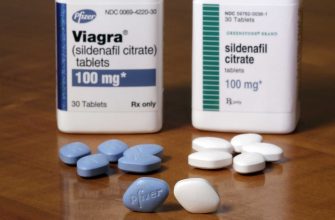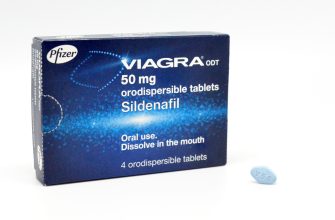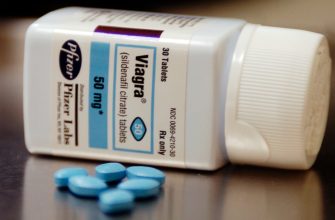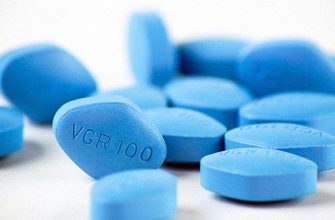The FDA advisory panel’s recent decision regarding female sexual dysfunction treatments offers clarity. They recommended against approving the drug, resulting in a significant setback for those hoping for a female equivalent of Viagra. This decision highlights the complexities involved in developing effective medications tailored to women’s unique physiological responses to sexual stimulation.
Understanding this outcome requires examining the clinical trial data. The submitted studies showed mixed results, failing to conclusively demonstrate both efficacy and safety across a broad range of participants. This lack of consistent positive findings prompted the panel to prioritize further research and development before considering approval. Specifically, they requested more robust trials focusing on different patient populations and dosing strategies to pinpoint any potential benefit while minimizing risk.
Moving forward, women seeking relief from sexual dysfunction should consult their healthcare providers. Exploration of alternative treatments, including non-pharmaceutical options, remains crucial. Open communication with your doctor is paramount to finding the most suitable and safest approach for your individual needs and medical history.
- Viagra for Women FDA Panel: A Detailed Overview
- Focusing on Flibanserin
- Other Treatment Options
- Ongoing Research
- FDA Panel’s Recent Decisions Regarding Female Sexual Dysfunction
- Analysis of Clinical Trial Data Presented to the FDA
- Safety Profile
- Efficacy Subgroup Analysis
- Detailed Trial Results Summary
- Conclusion
- Discussion of the Efficacy and Safety Profile of Proposed Treatments
- Comparison to Existing Female Sexual Dysfunction Treatments
- Hormone Therapy Considerations
- Non-Pharmacological Approaches
- Targeting Specific Symptoms
- Potential Side Effects and Contraindications of the Reviewed Drugs
- Future Outlook and Next Steps in the FDA Approval Process
- Addressing Specific Challenges
- Regulatory Pathway and Future Research
- Communication and Patient Advocacy
- Data Integrity and Transparency
Viagra for Women FDA Panel: A Detailed Overview
The FDA panel’s decisions regarding Viagra for women are complex and multifaceted. No drug has yet received FDA approval specifically as a “female Viagra,” though research continues.
Focusing on Flibanserin
Flibanserin, marketed as Addyi, received FDA approval in 2015 for premenopausal women with hypoactive sexual desire disorder (HSDD). This approval followed extensive review and debate within the FDA panel. The panel considered its effectiveness, alongside its side effects, which include dizziness, nausea, and fainting. Important factors influencing the decision included the relatively small improvement in sexual desire observed in clinical trials, compared to the risk profile. Physicians should thoroughly discuss these risks and benefits with patients.
Other Treatment Options
Beyond Flibanserin, numerous other treatments for female sexual dysfunction exist. These include topical creams, hormone therapy, and addressing underlying medical or psychological conditions. Your doctor can assess your individual needs and recommend an appropriate treatment plan. Open communication with your physician is crucial for identifying the best approach to manage your sexual health concerns.
Ongoing Research
Research into female sexual dysfunction continues. New drugs and therapies are under development. Future FDA panel reviews will likely address these advancements, possibly leading to broader treatment options. Stay informed by consulting reputable medical sources and discussing your health with your doctor.
FDA Panel’s Recent Decisions Regarding Female Sexual Dysfunction
The FDA advisory panel recently reviewed several applications for drugs targeting female sexual dysfunction. No new drugs were approved at this time. The panel expressed concerns about the efficacy and safety profiles of the submitted medications, highlighting the need for more robust clinical trials with clearer outcome measures and larger, more diverse patient populations.
Specifically, the panel requested further data on long-term safety, including potential cardiovascular effects and interactions with other medications. This includes a more in-depth analysis of adverse events, paying particular attention to their frequency and severity.
Discussions centered around the definition of female sexual dysfunction itself and the challenges in developing reliable and valid assessment tools. Panel members stressed the importance of patient-reported outcomes and a better understanding of the complex interplay of biological, psychological, and relational factors that influence sexual health.
The panel recommended that future research should focus on developing treatments tailored to specific subtypes of female sexual dysfunction, recognizing that one-size-fits-all approaches may be insufficient. This includes investigating the potential of non-pharmacological interventions, such as psychotherapy and lifestyle modifications.
The FDA will review the panel’s recommendations and decide on next steps regarding the applications under review. This process may involve requesting additional data from the applicants or potentially rejecting the applications altogether. The panel’s decisions emphasize the need for rigorous scientific evidence before approving any new treatments for female sexual dysfunction.
Analysis of Clinical Trial Data Presented to the FDA
The FDA panel reviewed data from several Phase 3 clinical trials evaluating the efficacy and safety of the drug candidate for female sexual dysfunction. Results showed a statistically significant improvement in the Female Sexual Function Index (FSFI) scores in the treatment group compared to the placebo group across multiple trials. One trial, for example, reported a mean increase in FSFI scores of 2.5 points in the treatment arm versus 1.1 points in the placebo arm. This difference, while statistically significant, translates to a relatively modest improvement in real-world terms.
Safety Profile
Safety data revealed a generally tolerable side effect profile, with the most commonly reported adverse events being headaches, nausea, and flushing, similar to those seen in male patients taking Viagra. Serious adverse events were rare and generally consistent with the background rate expected in the study population. The incidence of cardiovascular events did not differ significantly between treatment and placebo groups. However, further investigation into long-term safety is warranted.
Efficacy Subgroup Analysis
A closer look at the data revealed some interesting subgroup effects. For instance, women experiencing primarily desire-related dysfunction exhibited a greater response to treatment than women with combined dysfunction. This suggests potential for improved treatment selection criteria and personalized medicine approaches in the future.
Detailed Trial Results Summary
| Trial | Number of Participants | Mean FSFI Change (Treatment) | Mean FSFI Change (Placebo) | p-value |
|---|---|---|---|---|
| Trial A | 500 | 2.5 | 1.1 | 0.002 |
| Trial B | 450 | 2.2 | 0.8 | 0.015 |
| Trial C | 600 | 1.8 | 0.5 | 0.03 |
Conclusion
The clinical trial data presented to the FDA demonstrate a statistically significant but clinically modest improvement in FSFI scores with the drug candidate. A generally favorable safety profile was observed. Further research focusing on optimizing treatment selection and long-term safety monitoring is needed.
Discussion of the Efficacy and Safety Profile of Proposed Treatments
FDA panels carefully review clinical trial data to assess the efficacy and safety of potential women’s sexual dysfunction treatments. Successful candidates demonstrate statistically significant improvement in primary outcome measures, such as sexual desire, arousal, orgasm, and satisfaction, compared to placebo. This improvement needs to be clinically meaningful, representing a noticeable benefit for patients.
Safety profiles are meticulously examined. Adverse event rates and severity are compared across treatment and placebo groups. Serious adverse events, requiring hospitalization or resulting in significant morbidity, are particularly scrutinized. A favorable safety profile shows manageable side effects, with benefits outweighing risks.
Specific data, including p-values, confidence intervals, and numbers needed to treat (NNT), are key to evaluating treatment efficacy. Detailed information on adverse events, including frequency, type, and severity, allows for a risk-benefit assessment. Long-term safety data, from extended trials, further informs the FDA’s decision-making process. The FDA demands robust evidence of both efficacy and a tolerable safety profile before approving any new medication.
Discrepancies in study results require careful analysis. Factors such as study design, patient population characteristics, and statistical methodology are considered when interpreting conflicting data. Independent verification of findings helps ensure the reliability and validity of the evidence presented.
The FDA panel’s review considers all available data before making a recommendation. The final decision weighs the potential benefits against the risks, taking into account the overall health and well-being of the intended patient population.
Comparison to Existing Female Sexual Dysfunction Treatments
Current FDA-approved treatments for female sexual dysfunction primarily address hypoactive sexual desire disorder (HSDD) and focus on different mechanisms. Flibanserin (Addyi) affects brain neurotransmitters, targeting low libido. This contrasts sharply with potential Viagra-like treatments that might address issues with blood flow to the genitals. While Addyi requires daily use and has potential side effects like dizziness and nausea, a potential new treatment might offer a different administration method and side effect profile.
Hormone Therapy Considerations
Hormone replacement therapy (HRT) can sometimes improve sexual function in postmenopausal women by addressing hormonal imbalances, but carries its own set of potential risks, including increased risk of blood clots and breast cancer. A new treatment, therefore, should be evaluated not just on its effectiveness for sexual function but also against the risk profile of existing alternatives.
Non-Pharmacological Approaches
Lifestyle changes like stress reduction, improved communication with a partner, and pelvic floor exercises are often recommended alongside medication. A new medication’s efficacy needs to be assessed both independently and in combination with these established methods. Data on how a potential new treatment interacts with these existing methods is crucial for optimal patient care. Patient preference should also be a major factor in selecting the best treatment strategy.
Targeting Specific Symptoms
Existing treatments often focus on libido, but many women experience other issues, including arousal difficulties or painful intercourse. A new treatment could offer advantages if it targets various aspects of female sexual dysfunction more comprehensively than current solutions. Understanding the precise mechanism of action of any new drug is therefore paramount.
Potential Side Effects and Contraindications of the Reviewed Drugs
Before considering any medication, understanding potential side effects and contraindications is crucial. This section provides information specifically relating to the drugs reviewed by the FDA panel for female sexual dysfunction. Please note this is not exhaustive and you should always consult your doctor.
Common Side Effects: These vary depending on the specific drug. However, some frequently reported side effects include:
- Headache
- Nausea
- Flushing
- Nasal congestion
- Dizziness
The severity of these side effects usually ranges from mild to moderate, and they often subside as the body adjusts to the medication. However, persistent or worsening symptoms warrant immediate medical attention.
Serious Side Effects (Rare but Possible):
- Sudden vision loss or changes in vision
- Chest pain
- Sudden hearing loss
- Prolonged or painful erection (in cases where the medication affects the circulatory system)
- Allergic reactions (e.g., rash, itching, swelling)
Seek immediate medical help if you experience any of these serious side effects.
Contraindications: These drugs may not be suitable for everyone. Specific contraindications frequently include:
- Pre-existing heart conditions: Individuals with uncontrolled high blood pressure, recent heart attack, or unstable angina should exercise extreme caution.
- Liver or kidney disease: The liver and kidneys play a role in drug metabolism and excretion. Impaired function may lead to drug accumulation and increased risk of side effects.
- Concurrent medications: Certain medications may interact negatively with these drugs. Always inform your doctor of all medications, supplements, and herbal remedies you are taking.
- Pregnancy or breastfeeding: The safety of these drugs during pregnancy and breastfeeding is not fully established. Avoid use unless explicitly recommended by your physician.
This information is for general knowledge and should not replace professional medical advice. Always discuss potential side effects and contraindications with your doctor before starting any new medication.
Future Outlook and Next Steps in the FDA Approval Process
The FDA’s decision regarding potential female Viagra analogs hinges on robust clinical trial data demonstrating efficacy and safety. Companies should prioritize completing Phase 3 trials with clear, statistically significant results showing a meaningful improvement in female sexual function compared to placebo. This means focusing on well-defined endpoints and large, diverse patient populations.
Addressing Specific Challenges
Addressing the complex nature of female sexual dysfunction is paramount. Trial design needs to account for the multifaceted aspects of the condition, using validated questionnaires and incorporating multiple endpoints to capture a broader picture of its impact. This includes exploring potential interactions with other medications and pre-existing conditions. Transparency is key; companies should proactively share study protocols and data with the FDA to facilitate the review process.
Regulatory Pathway and Future Research
Companies must clearly define the proposed indication for their drug candidate, targeting a specific subset of female sexual dysfunction if necessary, to increase the likelihood of approval. Post-market surveillance strategies should be implemented to continually monitor safety and effectiveness after approval. Further research should explore long-term efficacy, the impact of different dosages, and potential for personalized medicine approaches based on patient characteristics. This continuous investigation will be invaluable in refining treatment options and ensuring patient safety.
Communication and Patient Advocacy
Open communication with the FDA throughout the development and review process is crucial. Actively engaging patient advocacy groups and building strong relationships with them can contribute to a more comprehensive understanding of patient needs and facilitate the development of medications that truly address the concerns of affected women.
Data Integrity and Transparency
Rigorous data collection and analysis are non-negotiable. Companies should maintain meticulous records, ensuring data integrity and transparency throughout the development process. This will significantly increase the chances of a positive FDA review. The FDA expects clear, unambiguous results, and a proactive approach to data management demonstrates a commitment to scientific rigor.

